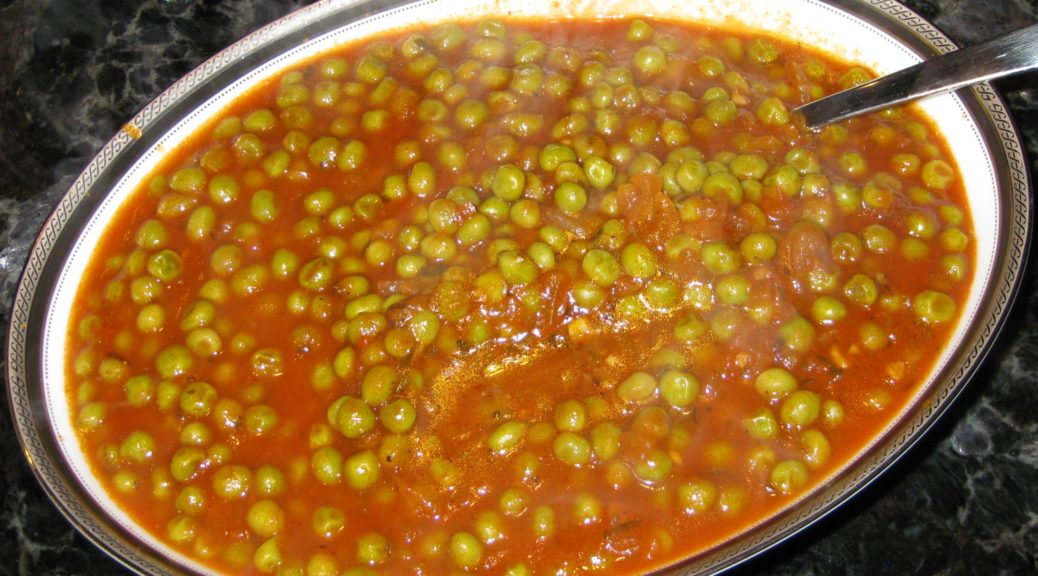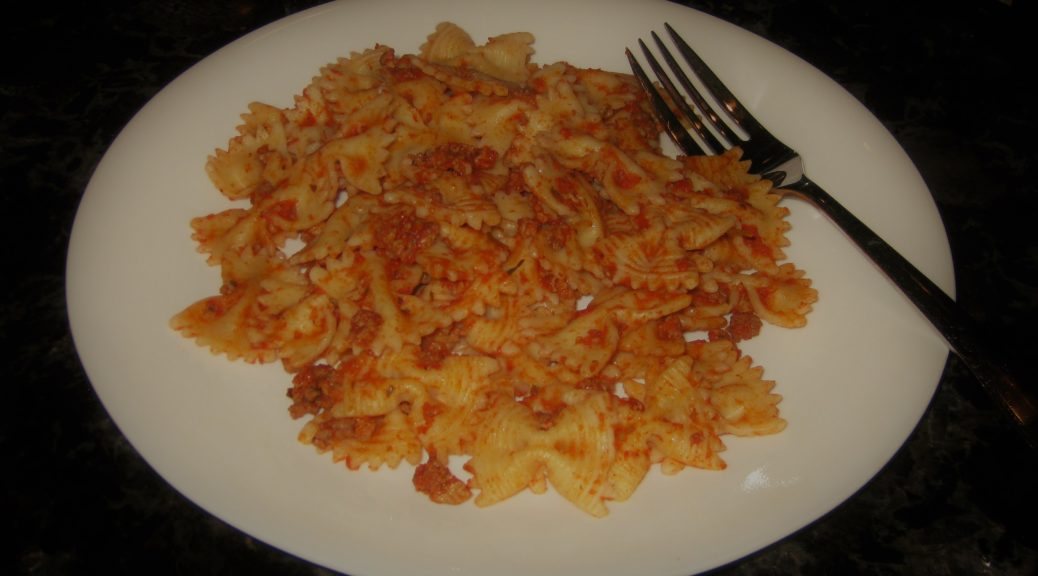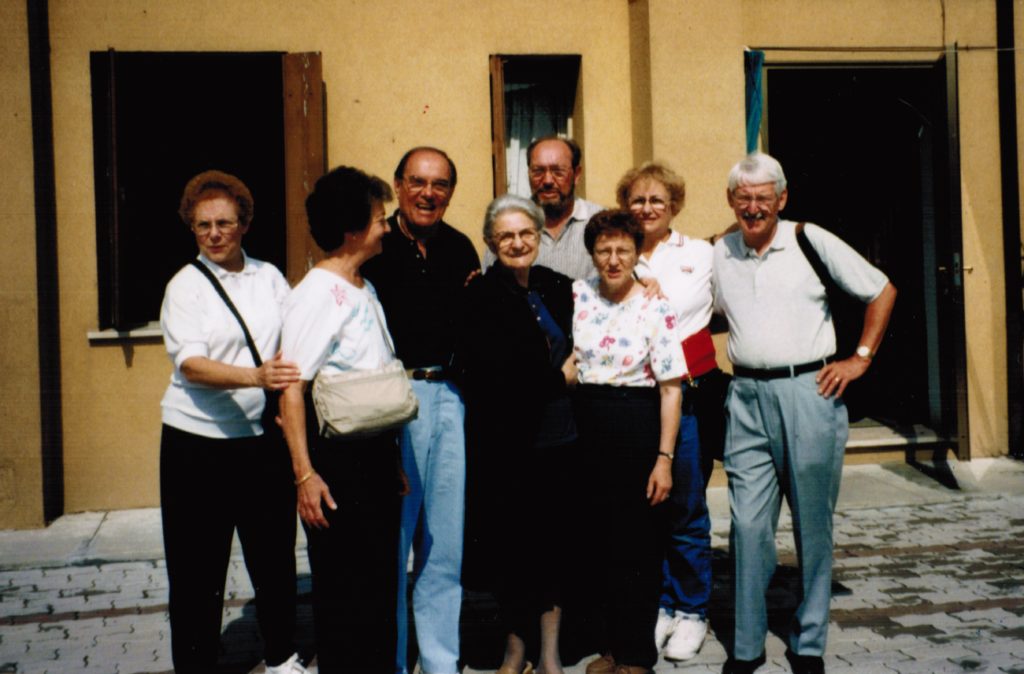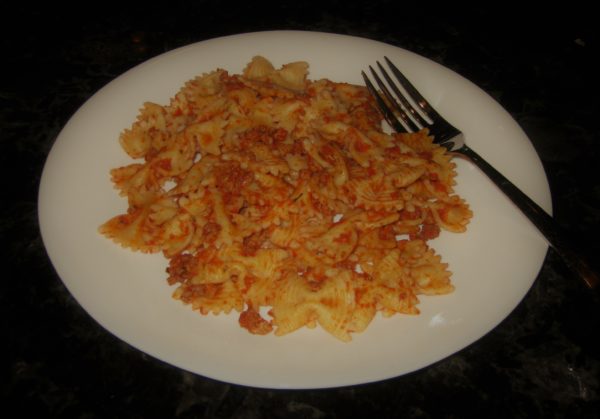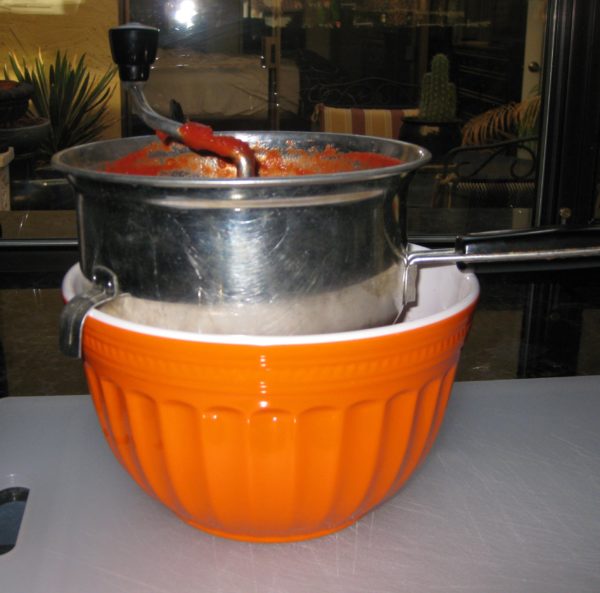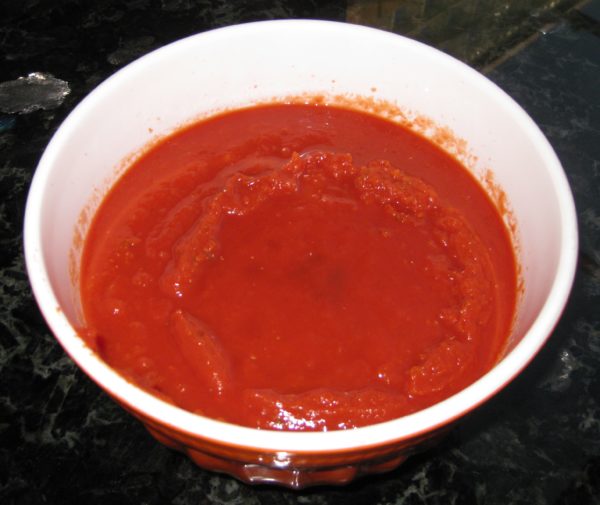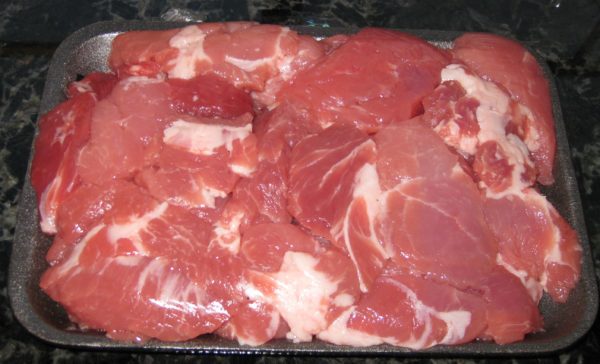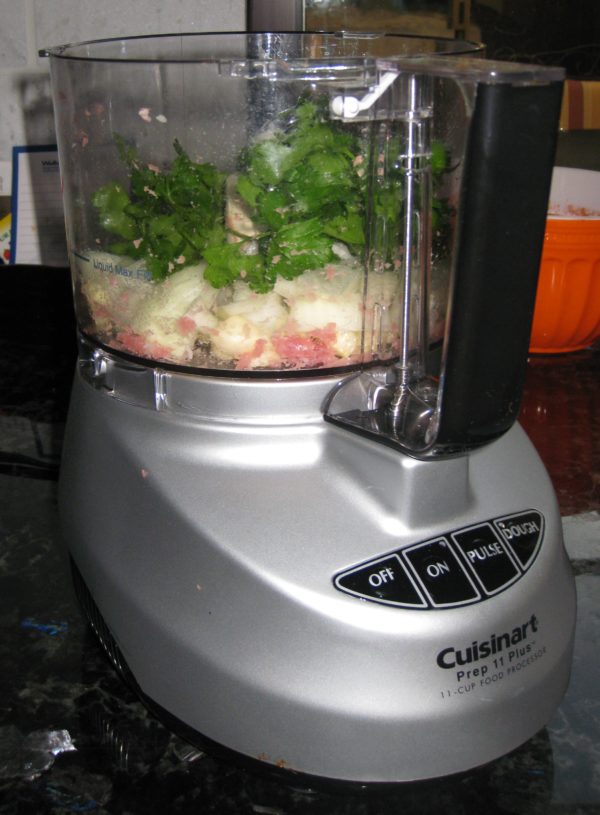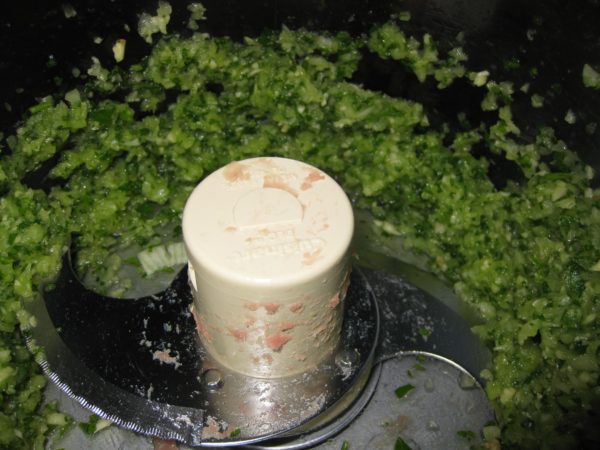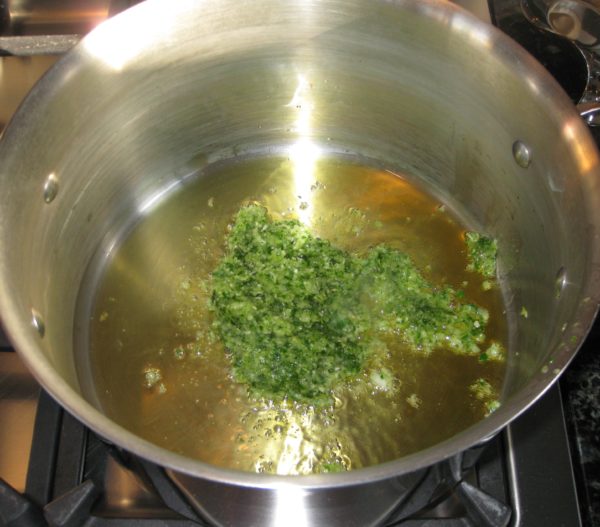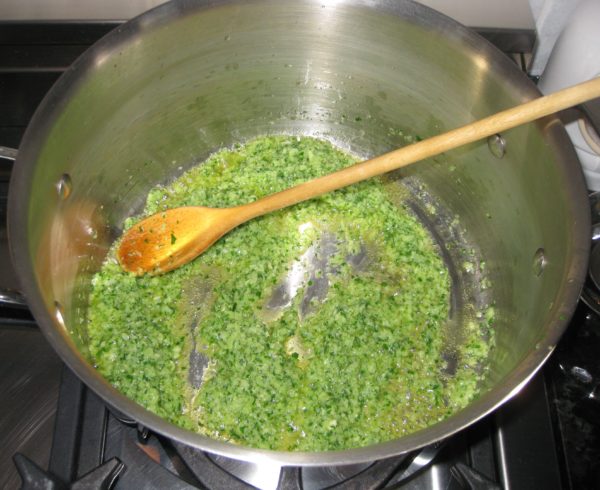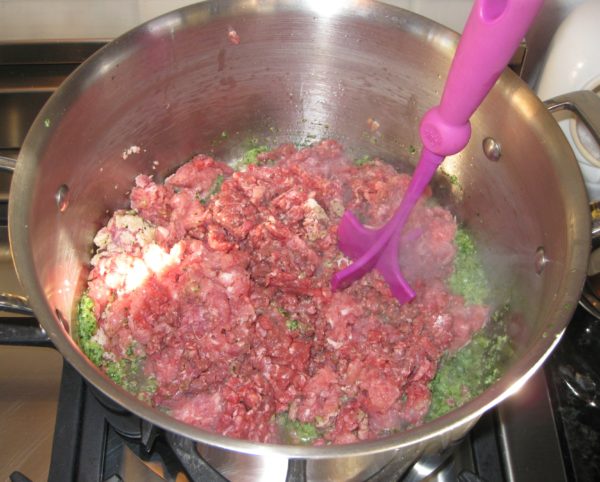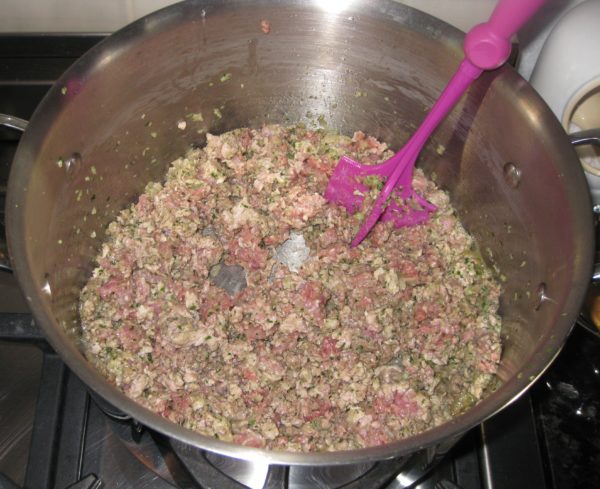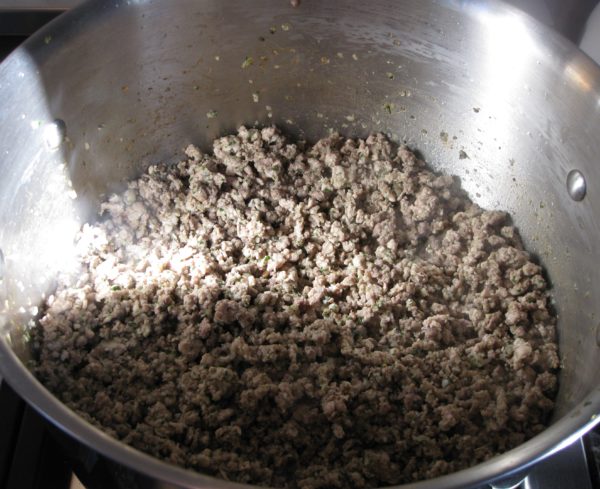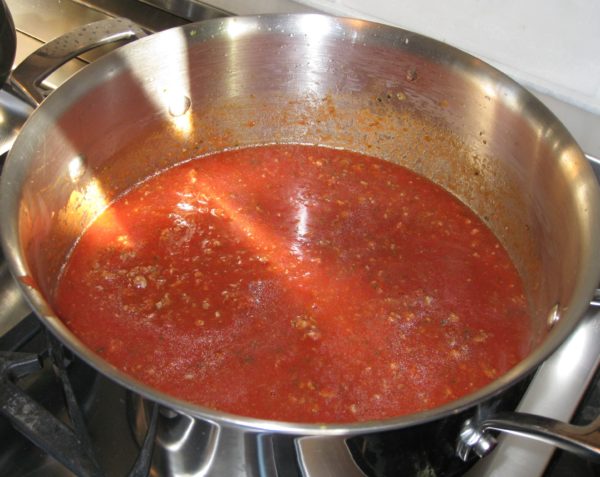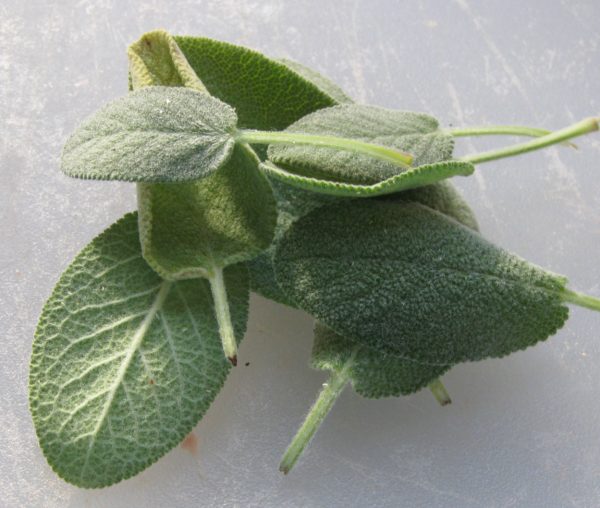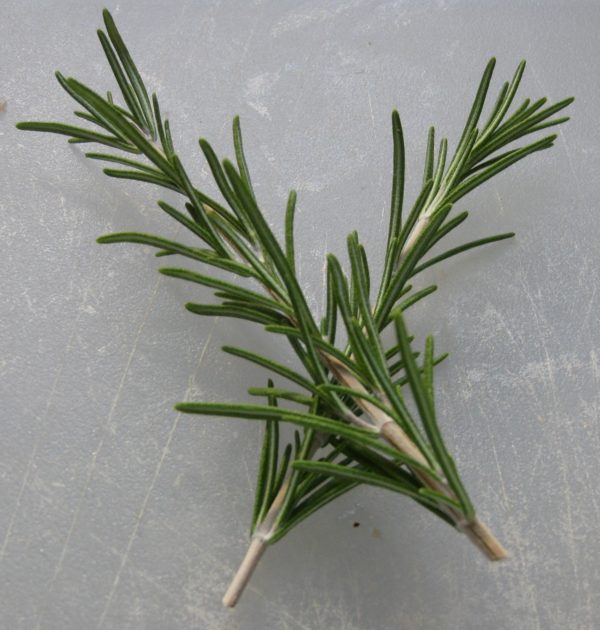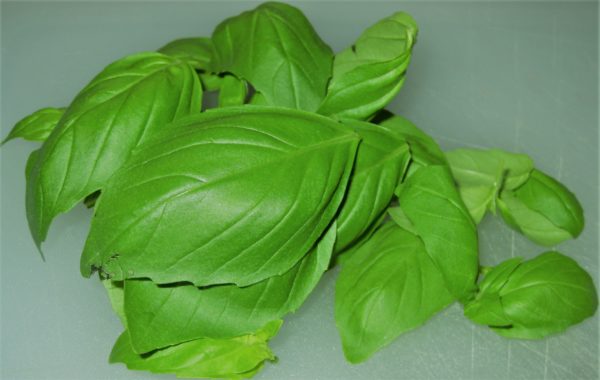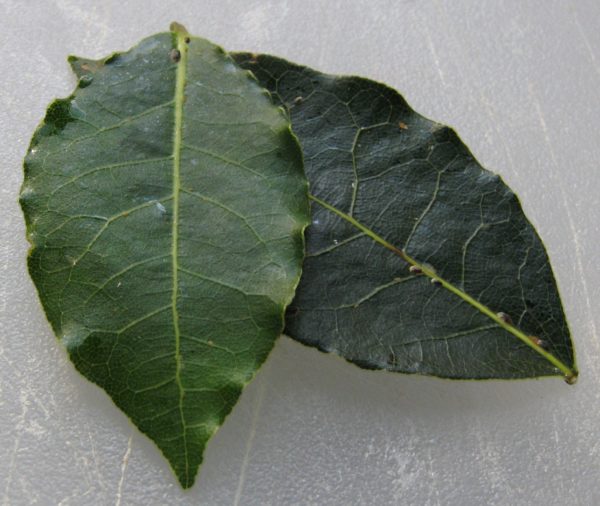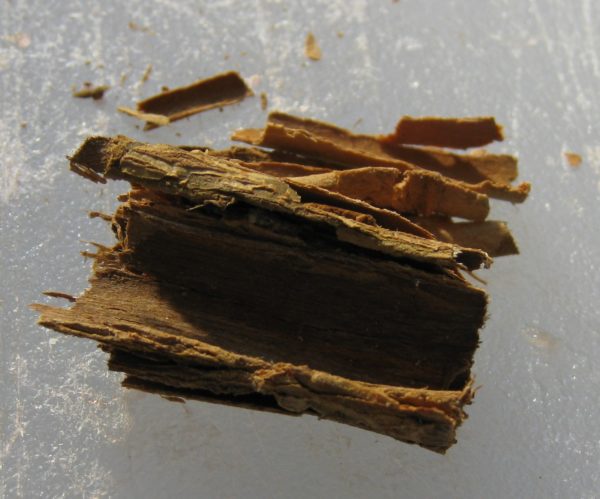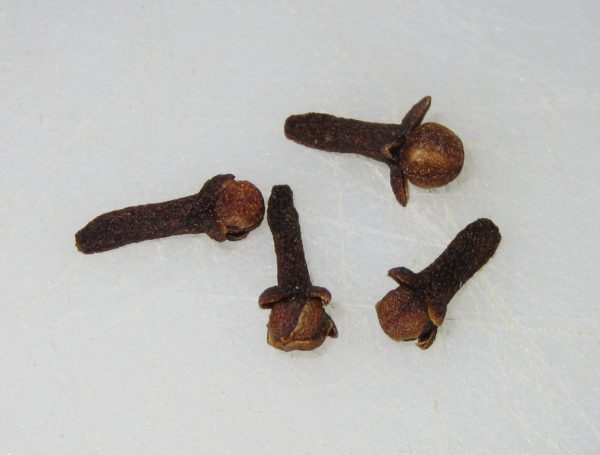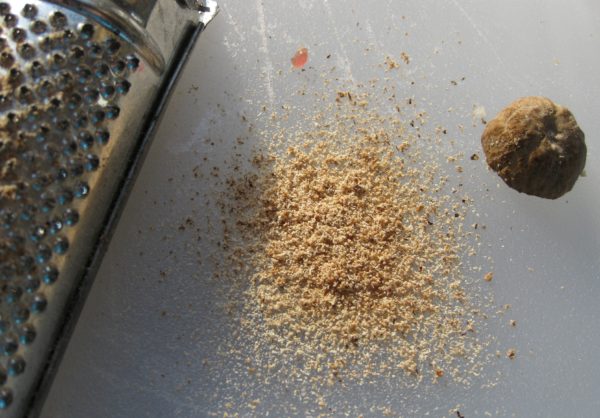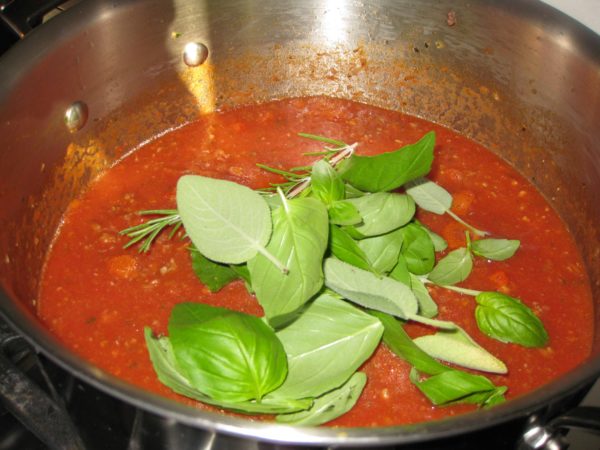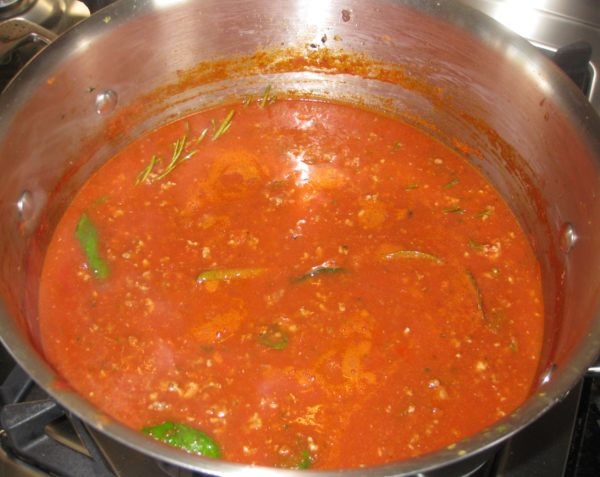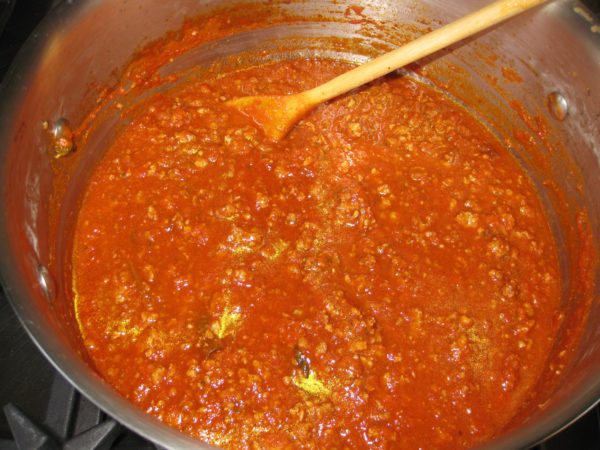April 11, 2018
Italians have knack for combining a modest array of vegetables into an almost endless cannon of dishes, each of which is distinctive, even if the interrelationships of the various parts are obvious.
This dish of peas cooked in tomato sauce is from my husband’s paternal grandmother, Amerina Pieri.
I learned to make this from my mother-in-law, Marisa, Amerina’s daughter-in-law.
Follow us on your social media platform of choice
Everyone who makes it adds his or her own signature. Mine is not exactly like my mother-in-law’s and I’m sure hers is not just like Zia (Aunt) Ida’s, Amerina’s daughter.
Interestingly, Nonni (as we all called her) used canned peas. In talking with my father-in-law (who grew up eating this) and my mother-in-law, they were pretty sure Nonni would not have used canned peas in Italy unless she possibly canned them herself. Somehow canned peas became the norm in America.

And, while canned peas produce a pretty good dish, I prefer something a little fresher. Because really good fresh peas are available for only a few weeks a year at the Farmers Market in Santa Fe, I usually use frozen peas.
If the frozen peas haven’t been in your freezer so long that they start to dry out and freeze into a block they are superior to “fresh” peas except during the few weeks a year when they are really locally-grown and truly fresh.
Click HERE to join our mailing list and you’ll never miss a recipe again!
My mother-in-law usually uses canned tomato sauce when making this, as did Nonni (at least when she made it on this side of the Atlantic Ocean!).
I use tomato paste and water. If you read the ingredient lists on cans of tomato sauce that you can buy in the United States, you will find that most are made from tomato paste and water, so why not just do it yourself? Those few brands of tomato sauce that are not made from diluted tomato paste are a little too sour for my taste. I would opt for a good-quality tomato puree instead.
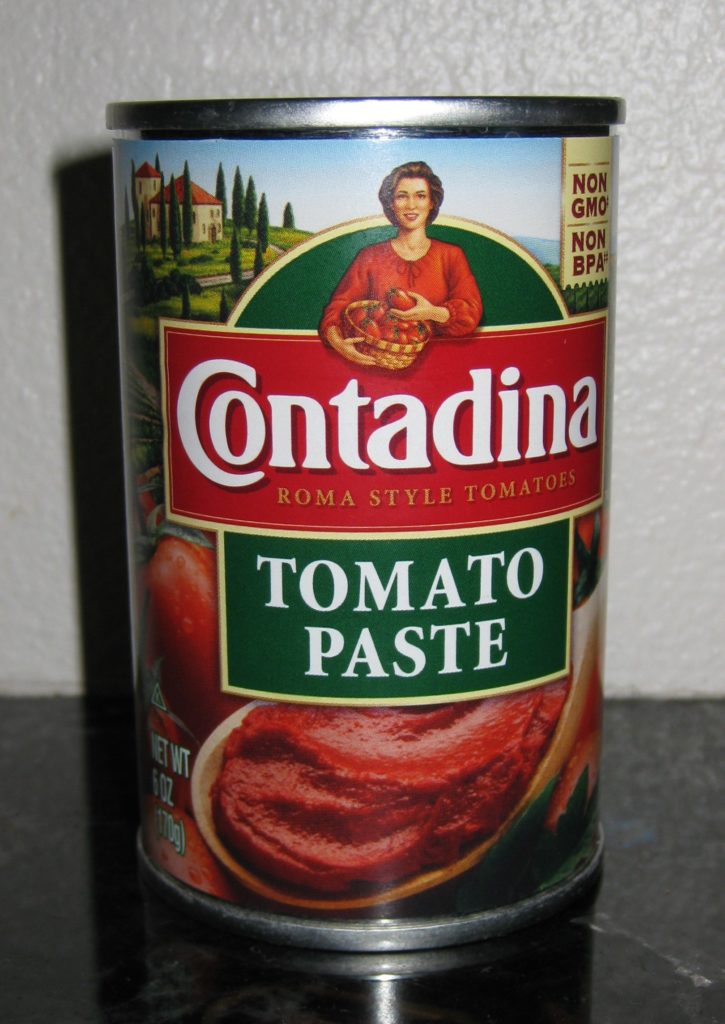
Tomato paste has a richer flavor than tomato sauce or tomato puree. I attribute this to the extra cooking that is needed to concentrate the tomatoes. Those little cans provide the foundation of a taste that could otherwise only be achieved with hours of simmering.
Homemade tomato puree would be another good option if you want a fresher, more summery taste. Here’s where you can find my recipe.
If you have a favorite family recipe and a bit of a story to tell, please email me at santafecook@villasentieri.com and we can discuss including it in the blog. I am expanding the scope of my blog to include traditional recipes from around the country and around the world. If you haven’t seen Bertha’s Flan or Melinda’s Drunken Prunes, take a look. They will give you an idea of what I’m looking for.
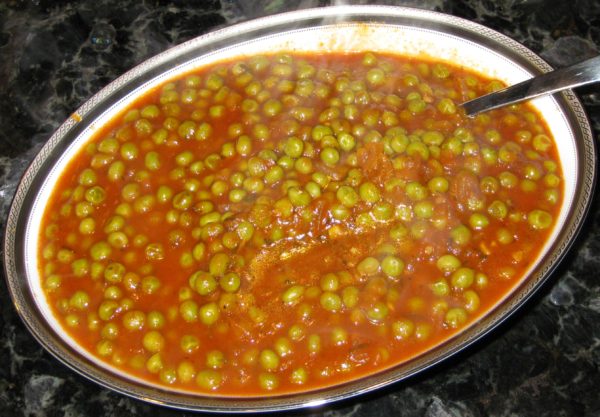
| Prep Time | 10 minutes |
| Cook Time | 75 minutes |
| Servings |
people
|
- 1 pound frozen petit peas
- 1/2 onion finely diced
- 2-3 cloves garlic minced
- 2 sage leaves minced
- 1/4 cup minced fresh parsley
- 3 tablespoons extra virgin olive oil
- 1/3 cup dry white wine
- 1 x 6 ounce can tomato paste
- 3 cups water
- 1/2 teaspoon sugar
- 1 bay leaf
- Pinch rosemary fresh or dry, optional
- Pinch Pinch dry oregano optional
- salt to taste
- black pepper freshly ground to taste
Ingredients
|

|
- Sauté the onion, garlic, sage, parsley and ½ teaspoon of salt in the olive oil in a heavy-bottomed saucepan till the onion is translucent.
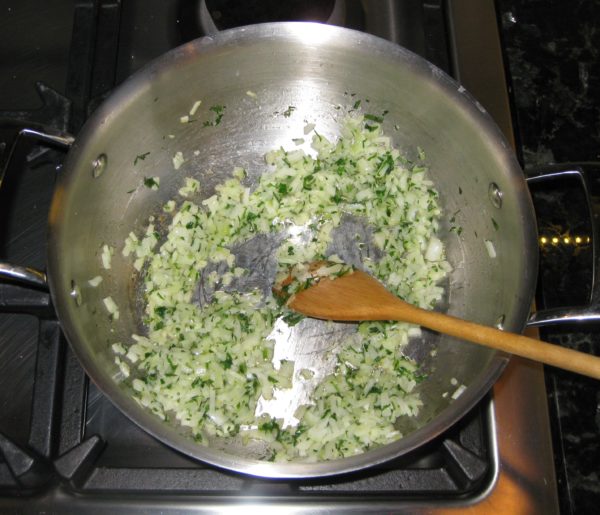
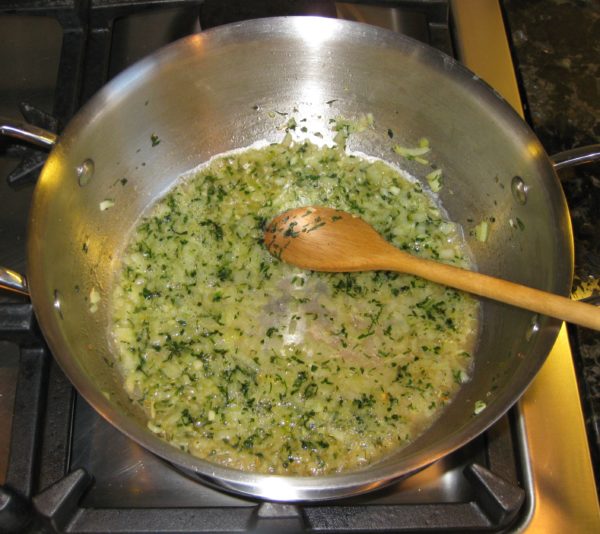
- Add the wine and cook, stirring frequently, until it evaporates.
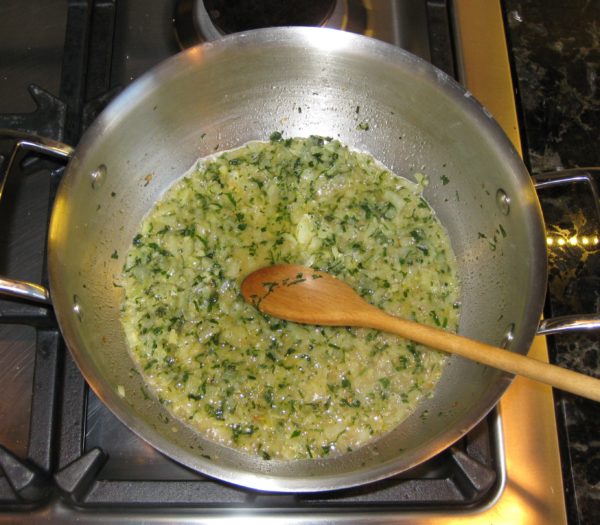
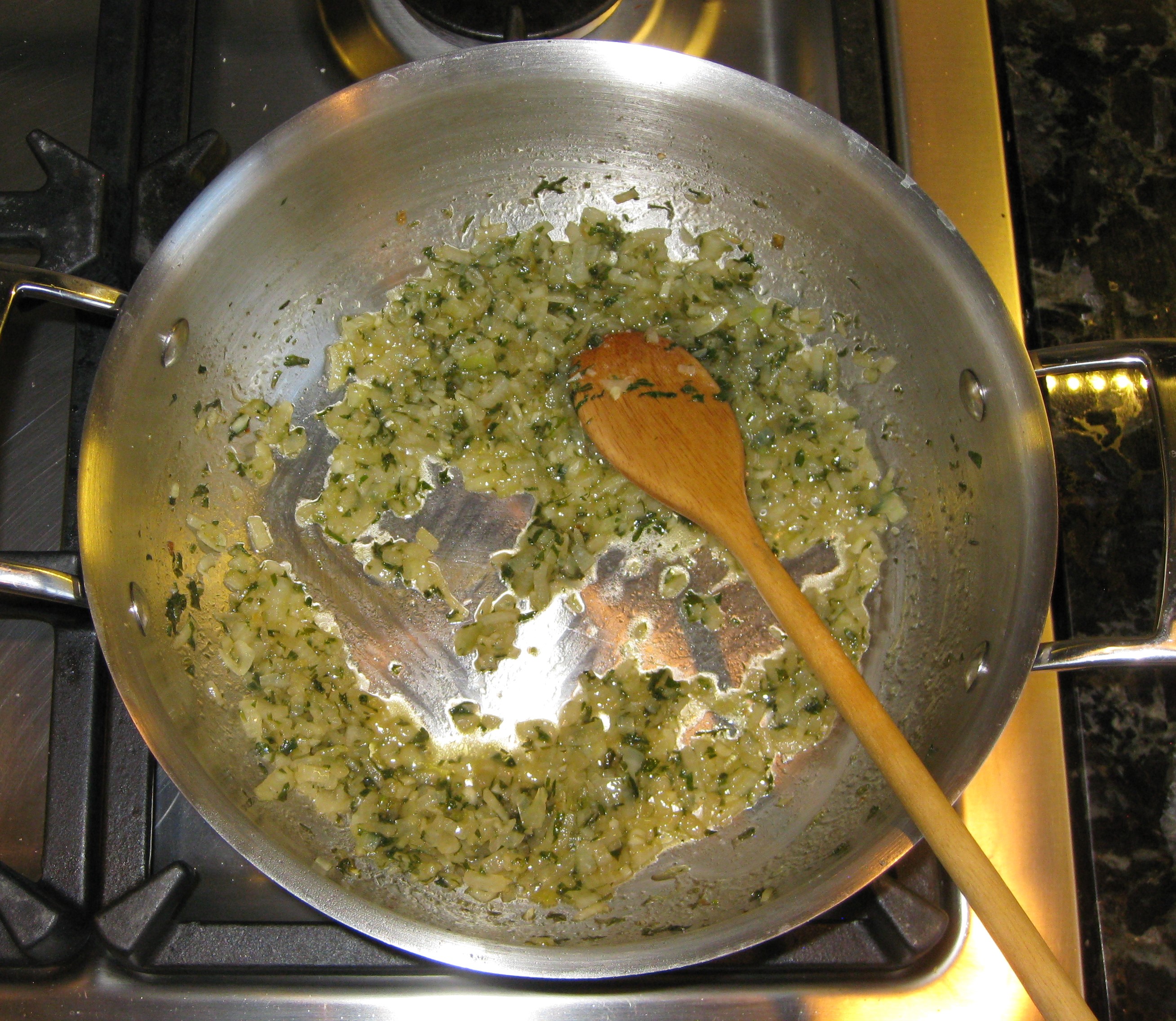
- Add the tomato paste and sauté until it becomes slightly darker, 3-4 minutes.
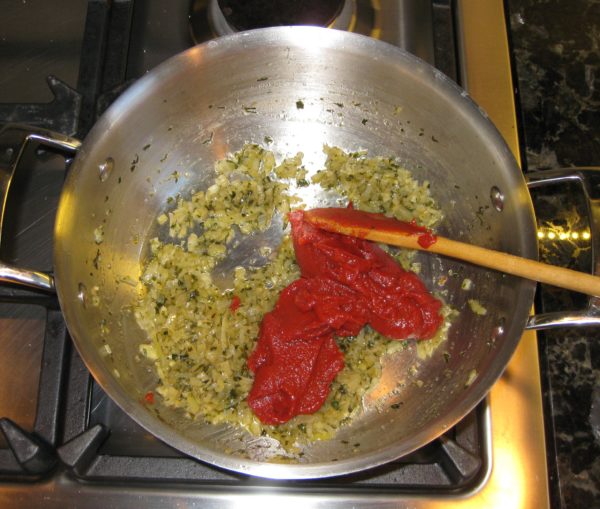
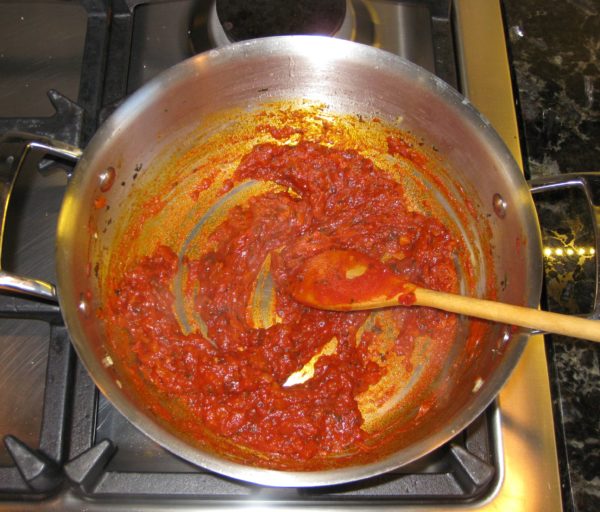
- Add the water, sugar, bay leaf, rosemary, oregano, and salt and pepper to taste.
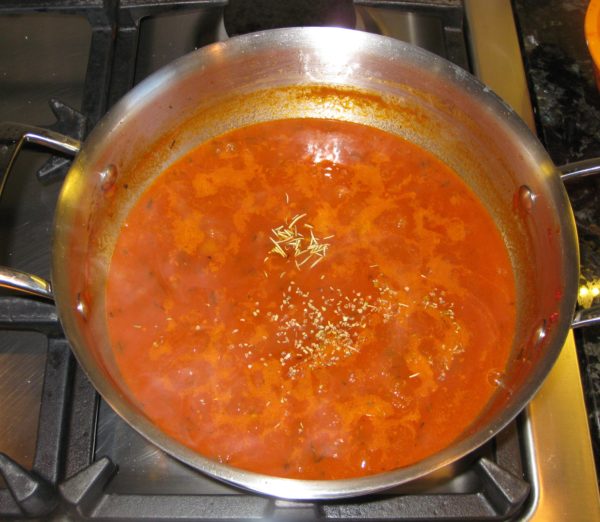
- Simmer, partially covered, until thickened, approximately 45 minutes.
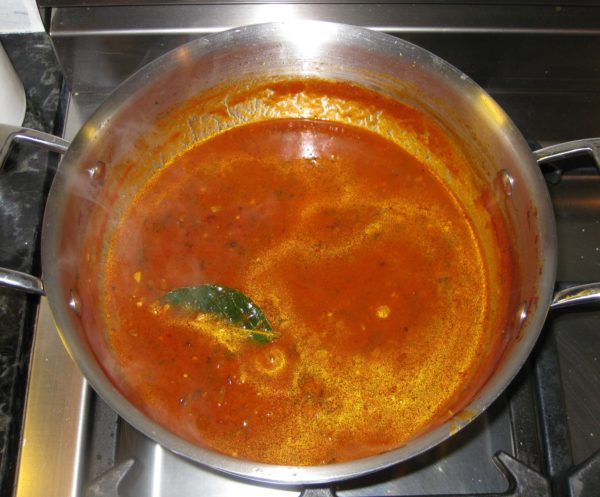
- Adjust seasoning.
- Rinse the frozen peas under cool water to remove any ice crystals.
- Add the frozen peas to the sauce.
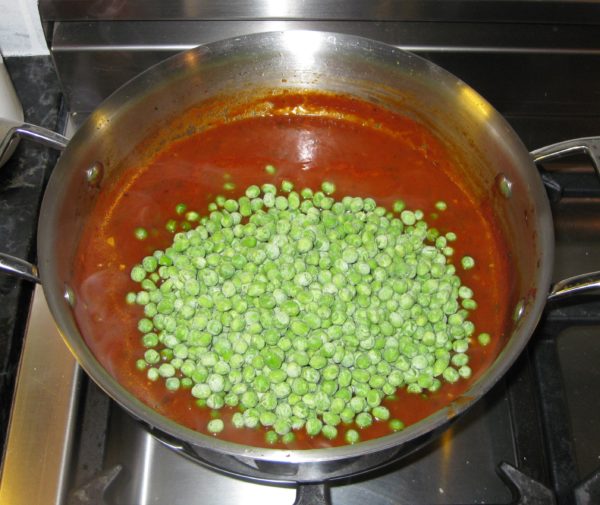
- Simmer approximately 15 minutes, adjusting seasoning once again, if needed.
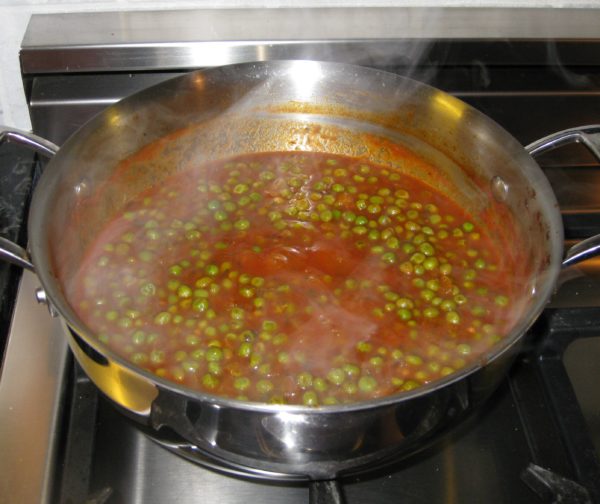
Copyright © 2018 by VillaSentieri.com. All rights reserved.

